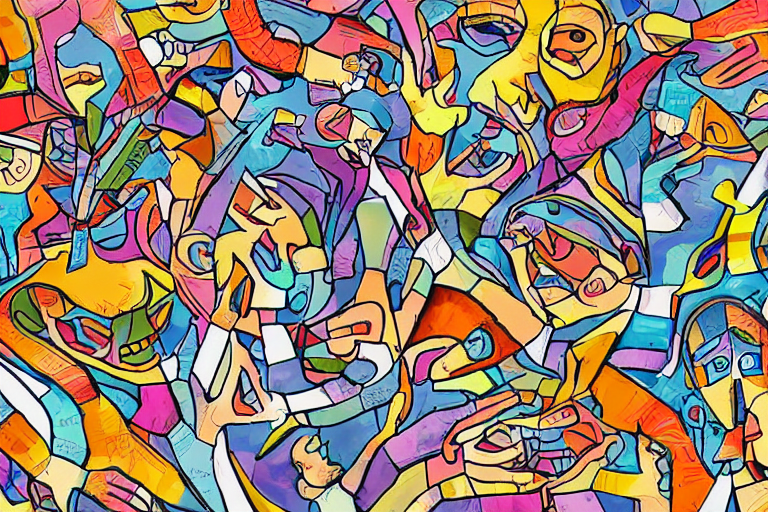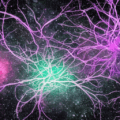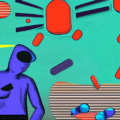Many have heard about the addiction syndrome, but what does it mean, and how do modern science and practical medicine describe it? I’ll try to put it in simple words.
Addiction syndrome, also known as substance use disorder, is a complex condition that involves changes in the brain’s structure and function as a result of chronic exposure to addictive substances or behaviors.
From a neurobiological perspective, addiction is thought to result from a combination of genetic, environmental, and psychological factors that affect the way the brain responds to pleasurable stimuli and rewards.
When a person uses an addictive substance or engages in addictive behavior, such as gambling or binge eating, the brain’s reward system is activated and dopamine is released. Dopamine is a neurotransmitter that is associated with feelings of pleasure and reward, and its release in the brain is a key component of the reward system. I wrote about this in a previous post.
Over time, chronic exposure to addictive substances or behaviors can lead to changes in the brain’s structure and function, particularly in the areas of the brain that are involved in the reward system. How does this manifest itself in the life of a particular person? Let’s turn to practical medicine.
Criteria
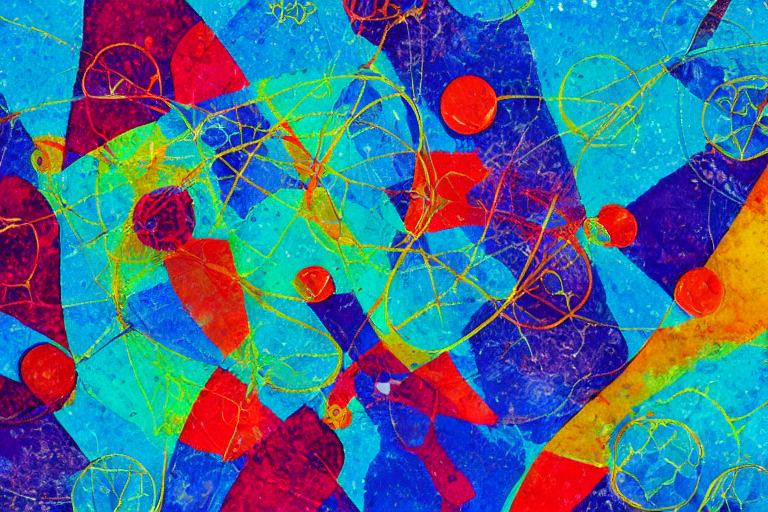
DSM-5, as the name implies, is the fifth edition of the Diagnostic and Statistical Manual of Mental Disorders (DSM), published by the American Psychiatric Association (APA). It is a handbook that provides a common language and standard criteria for the classification of mental disorders, including their diagnosis and treatment. It is used by mental health professionals, including psychiatrists, psychologists, and social workers, to diagnose and treat mental health conditions.
The DSM-5 includes a section on Substance-Related and Addictive Disorders, which includes a category called Substance Use Disorder. This is what we need. Listed here are the changes in thoughts, emotions, and behavior that are a consequence of the restructuring of the reward system due to the addictogenic agent.
This category includes criteria, that are used to determine the severity of the Disorder, which can range from mild to severe. I bring them up not for the reader to engage in self-diagnosis (I don’t mind at all, but leave the doctors their work), but in order to show how broken neurobiology can manifest itself in practice. And DSM wording, in my opinion, is very accurate and describes well what is happening.
So, the DSM-5 includes the following criteria for diagnosing Substance Use Disorder:
- Taking the substance in larger amounts or for a longer period of time than intended
- Persistent desire or unsuccessful efforts to cut down or control substance use
- A great deal of time is spent in activities necessary to obtain the substance, use the substance, or recover from its effects
- Craving or strong desire to use the substance
- Failure to fulfill major obligations at work, school, or home due to substance use
- Continued substance use despite having persistent or recurrent social or interpersonal problems caused or exacerbated by the effects of the substance
- Important social, occupational, or recreational activities given up or reduced because of substance use
- Recurrent use of the substance in situations in which it is physically hazardous
- Continued substance use despite knowledge of having a persistent or recurrent physical or psychological problem that is likely to have been caused or exacerbated by the substance
- Tolerance, as defined by either of the following:
- A need for markedly increased amounts of the substance to achieve intoxication or desired effect
- A markedly diminished effect with continued use of the same amount of the substance
- Withdrawal, as manifested by either of the following:
- The characteristic withdrawal syndrome for the substance
- The same (or a closely related) substance is taken to relieve or avoid withdrawal symptoms
Wow, that’s a big list. I don’t know about you, but about some substances and behavioral reactions, I can find a lot of points on my site. And a few more words about the important mechanism for this whole process.
Neuroadaptation
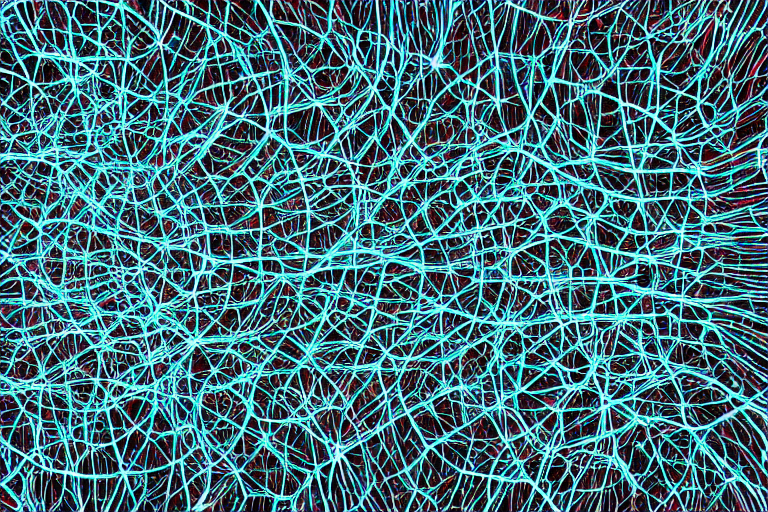
One of the key changes that occur in the brain during addiction is a phenomenon known as neuroadaptation. Neuroadaptation refers to the brain’s ability to adapt to chronic exposure to an addictive substance or behavior. As a person continues to use an addictive substance or engage in addictive behavior, their brain becomes increasingly accustomed to the presence of the substance or behavior, and it begins to require more and more of the substance or behavior in order to produce the same pleasurable effects. This can lead to a cycle of increasing tolerance and dependence on the substance or behavior, and it can make it difficult for a person to stop using the substance or engaging in the behavior, even if they want to.
In addition to neuroadaptation, chronic exposure to addictive substances or behaviors can also lead to changes in the brain’s structure and function that are associated with negative effects. For example decision-making, memory problems, and mood disorders. These changes can make it difficult for a person to break the cycle of addiction and can increase the risk of negative consequences, such as health problems, financial difficulties, and social problems.
Epilogue
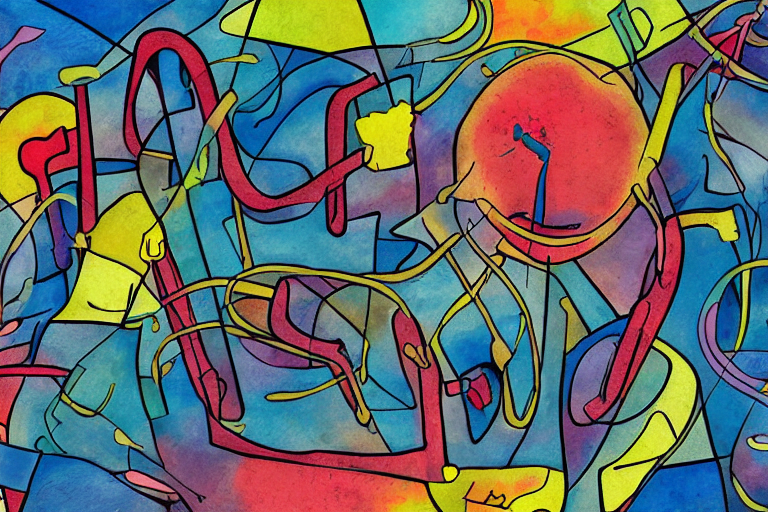
If you do not go into details, this is how things are. We have come a long way in our evolution and have achieved excellent results in certain areas. But in some areas, we are not yet able or do not want to advance.
Despite all the successes of medicine, sociology, and psychology. Despite clinics, funds, and programs, we remain an addicted species and continue to indulge in our addictions.
We have declared war on drugs, but we sell and give each other alcohol, tobacco, sugar, and coffee. We look down on substance users but spend hours staring at smartphone screens. We can feed the world, but we prefer to gorge ourselves and place bets. And the problem here is not in each individual person but in our common optics. What is really important remains outside of it. And what we consider important only multiplies our troubles.
And I am no exception. My life is full of delusions, mistakes, and consequences of addiction. But I want to do something about it.
That’s all for today. I’m not sure that the text turned out “in a nutshell”, but I already removed a lot from it, and didn’t even touch on even more.
If you think that something needs to be added or corrected here, write to me. I am always glad to dialogue.
I hope the article was helpful. Please support the development of this blog:
- Subscribe to my social networks (Twitter, Reddit).
- Share a link to this article with your friends.
- Tell about the blog on thematic resources or in chats.
Thank you for your time and attention 🖖


